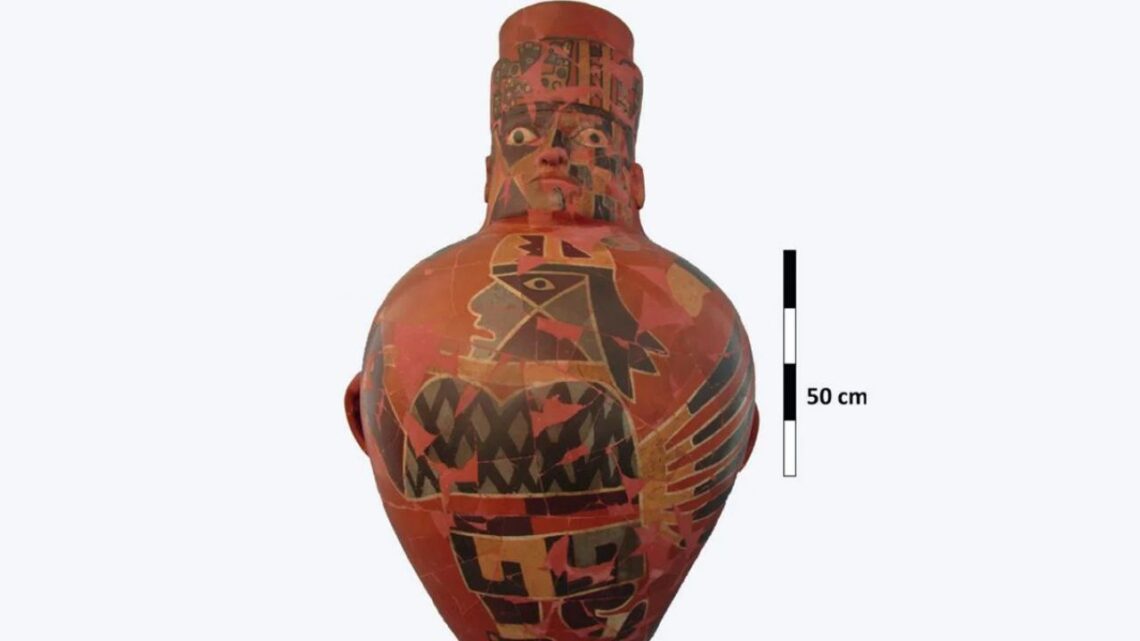Over 1,000 years ago, long before the famous Inca Empire, a powerful Andean civilization called the Wari ruled large parts of Peru. Archaeologists now believe that one surprising tool helped them grow and keep peace among different groups — a psychedelic beer.
A new study published in La Revista de Arqueología Americana suggests that Wari leaders may have mixed a hallucinogenic substance called vilca into their chicha, a type of beer made from berries.
This unusual combination might have helped them create strong emotional bonds and unity among people from various regions.
Who Were the Wari?
The Wari civilization thrived in the central Andes between 600 and 1000 CE. They built large cities, advanced road systems, and impressive stone architecture. Their empire stretched across modern-day Peru, and even into parts of Argentina and Chile.
The Wari were skilled farmers, artists, and metalworkers. But more than anything, they were excellent organizers. To manage such a wide and diverse region, they needed ways to bring people together peacefully — and that’s where beer came in.
How Beer Strengthened Bonds
In Wari culture, beer was not just a drink — it was a political tool. Leaders hosted large feasts where guests shared food, music, and chicha (a traditional beer). These events helped form alliances, resolve conflicts, and strengthen social ties.
Archaeologists believe that by adding vilca, a psychedelic ingredient made from the seeds of the Anadenanthera colubrina tree, these gatherings became more meaningful.
Vilca is known to cause short but powerful hallucinogenic experiences, often followed by a feeling of emotional warmth or “afterglow.”
This effect may have made guests more open, friendly, and trusting — ideal for building harmony between different groups.
Inside a Wari Feast
Typical Wari feasts took place inside walled courtyards with a small number of invited guests. People would eat, drink, and offer prayers for hours.
Experts say that these intimate and emotional settings, combined with mild psychedelic effects, could have created shared spiritual experiences. Such experiences might have turned former rivals into allies, helping the Wari expand their empire through cooperation rather than constant war.
Evidence from Archaeological Sites
Researchers found vilca seeds near areas used for beer production at ancient Wari sites. This discovery suggests that the seeds and beer might have been mixed together — although direct proof is still missing.
The following table summarizes the key ingredients and their possible purpose:
| Substance | Source | Purpose in Wari Culture |
|---|---|---|
| Chicha | Berries of the Schinus molle plant | Social drink used in feasts and diplomacy |
| Vilca | Seeds of the Anadenanthera colubrina tree | Hallucinogen believed to increase empathy and connection |
Such finds match what is already known about Andean societies, where psychoactive plants were often used in religious or political ceremonies to inspire loyalty and unity.
A New Way to View Ancient Diplomacy
The study argues that ancient societies like the Wari might have understood the long-term effects of psychedelics better than we think. Beyond their temporary “trips,” these substances could have made people feel connected and emotionally open for days or weeks after the feast.
That emotional “afterglow,” scientists believe, might have been a secret strategy to keep peace across the Wari Empire — blending spirituality, politics, and psychology into one experience.
Lessons from the Wari Civilization
Today, researchers are re-examining how ancient civilizations built trust and cooperation. The Wari example shows that rituals, emotions, and shared experiences were as powerful as weapons or laws in building an empire.
Whether or not every Wari feast included hallucinogens, one thing is clear — community gatherings and mutual respect were central to their success.
The story of the Wari teaches us that unity can come from unexpected places — even a shared drink. Their use of psychedelic beer may have been more than a ritual; it was a way to turn strangers into allies, creating bonds that lasted long after the cups were empty.
Through emotional connection and cooperation, the Wari showed that the most powerful empires are not built by fear alone but by shared human experience.
